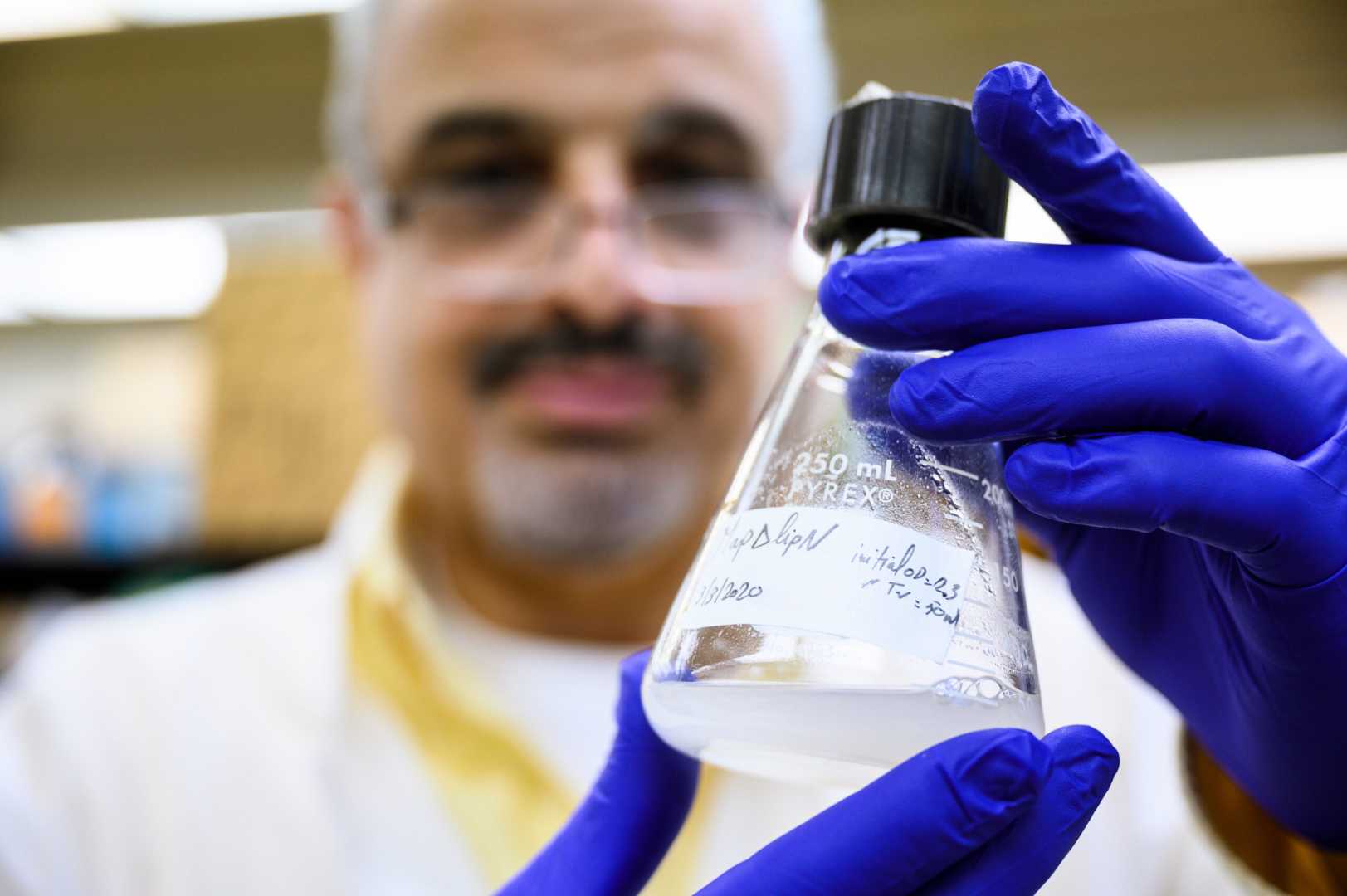Health
Buffalo Researchers Develop Vaccine Against Deadly Bird Flu Variant

BUFFALO, N.Y. — Researchers at the University at Buffalo have developed a vaccine that provides complete protection in mice against a lethal variant of the bird flu virus, H5N1 2.3.4.4b. The findings, published April 17 in the journal Cell Biomaterials, highlight a promising step forward in combating a virus that has caused major outbreaks in birds and other mammals.
The H5N1 variant has lately been seen in poultry, dairy cattle, domesticated cats, and even sea lions, raising significant public health concerns. The study’s lead author, Jonathan Lovell, PhD, a professor in the Department of Biomedical Engineering at UB, notes that this novel vaccine platform could surpass existing bird flu vaccines by utilizing both hemagglutinin (H5) and neuraminidase (N1) proteins.
“We obviously have a lot more work to do, but the results thus far are extremely encouraging,” said Lovell. “These bivalent formulations could be extremely advantageous as H5N1 evolves.”
The researchers administered various combinations of H5 and N1 proteins to mice and found that vaccines that included both proteins offered the best immunity. H5 is crucial for the virus to attach to host cells, while N1 helps the virus spread once inside the body. Together, they improve the body’s overall immune response to the virus.
Lovell explained the significant role of N1 in reducing viral replication and illness severity. “While they are non-neutralizing, N1 antibodies are still incredibly important,” he said.
The vaccine platform leverages nanoparticles composed of cobalt and porphyrin combined with phospholipid, which Lovell refers to as “CoPoP.” This method has been in development for over a decade, initially tested as a candidate for a COVID-19 vaccine. The study included a partnership between UB’s spinoff company, POP Biotechnologies, and South Korean company EuBiologics.
To produce the bird flu vaccine, researchers modified the viral proteins with histidine tags, enhancing the efficiency of the nanoparticles’ bond with the proteins. “It’s kind of like a magnet attaching itself to a metal surface,” Lovell noted, reflecting on the ease of production.
Furthermore, the vaccine does not rely on traditional egg-based manufacturing methods. Lovell stated, “Because our vaccine does not require the use of eggs in the manufacturing process, it is potentially a faster and more efficient way to protect humans and animals from deadly strains of bird flu.”
The research team continues to explore optimal doses and administration schedules for the vaccine. Collaborators include scientists from the Jacobs School of Medicine and Biomedical Sciences at UB, the National Microbiology Laboratory of Canada, St. Jude Children’s Research Hospital, POP Biotechnologies, and the National Center for Foreign Animal Disease.
The study opens up possibilities for developing versatile and more effective vaccines against future outbreaks, addressing the urgent need for solutions as avian flu continues to mutate.












